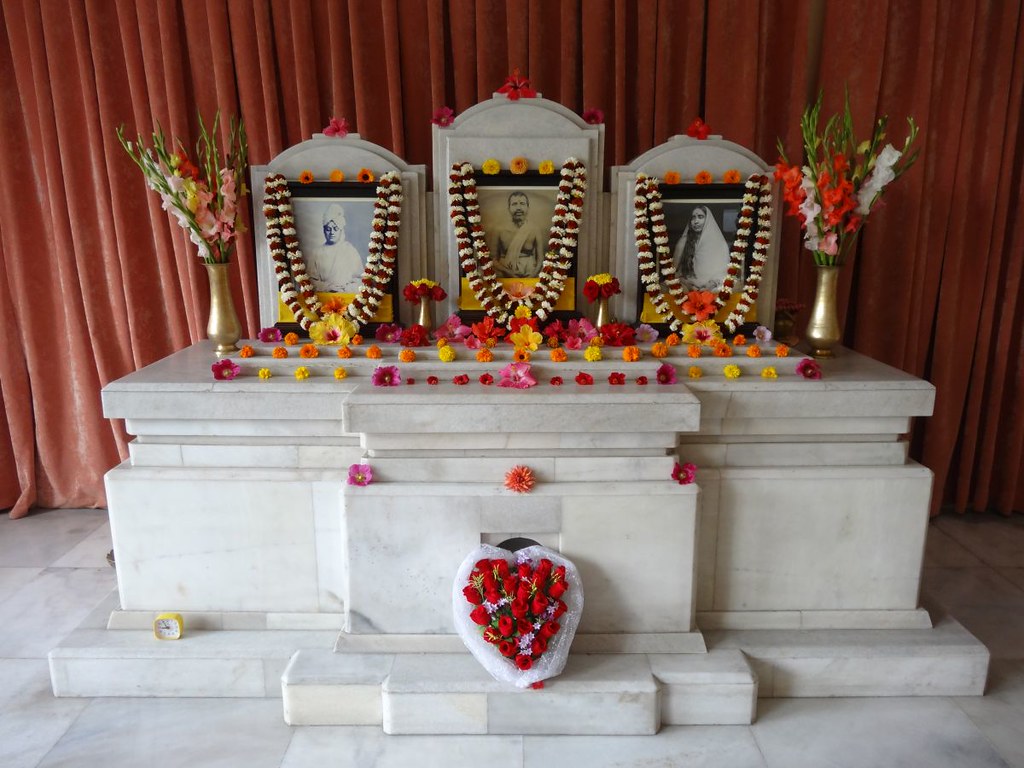
This centre, established in 1938 elsewhere and finally moved to its present premises in 1961, has a threefold aim: (a) Proper interpretation and appraisal of Indian culture, (b) Promotion of mutual understanding between India and other countries, and (c) Promotion of the study of the cultural heritage of India and of humankind as a whole.
From a modest beginning, the Institute has now grown into a centre of learning and research, recognized by many esteemed educational centres. It has drawn the interest of the public as well as many leading scholars of India and other countries. The Institute has the following wings:
Activities:
- The main library (having general, junior and children’s sections) with an air-conditioned reading room had 2,98,154 books and 427 periodicals. in addition to 24,000 periodicals accessible online.
- The school of languages (teaching 5 Indian languages, viz. Bengali, Hindi, Sanskrit, Tamil and Urdu and 15 foreign languages, viz. Ancient Greek, Arabic, Chinese, English, French, German, Italian, Japanese, Korean, Latin, Persian, Portuguese, Russian, Spanish and Tibetan). Computer courses and coaching classes for civil service aspirants were also conducted. It has a separate library with 8701 books, 72 magazines, periodicals and a reading room.
- The research department (Centre for Indological Studies and Research) is engaged in research work, both at the pre- and post- doctoral levels. It offers courses on the following subjects: (i) Indology (Bharata-tattva), (ii) Functional Sanskrit (preliminary and intermediate levels), (iii) Vedanta for Beginners, (iv) Higher Vedanta, (v) Fundamental Concepts of Indian Philosophy, (vi) Major Religions of the World, (vii) International Understanding for Human Unity (in collaboration with the UNESCO), and (viii) Ramakrishna- Vivekananda Movement.
The department has a library with 4859 books and Swami Vivekananda Archives with 4442 books, 630 souvenirs and 300 annual reports of different organizations. It conducts national and international seminars on a variety of topics related to culture, philosophy, history, etc and advanced workshops on Sanskrit. - An audio-visual mobile unit which screened an educative film in 8 rural and urban areas.
- A museum and art gallery with a good collection of paintings, sculptures, manuscripts, folk arts, ivory paintings, textile, pata painting, litho prints, silver ornaments, terracottas, laminated photographs, and the like. This unit also houses Sarada Devi School of Fine Arts and Crafts that conducts courses on painting, appreciation of Indian art, Dhrupad classical vocal, yogasana, floral decoration, South-East Asian art and culture through the study of Ramayana and workshops on watercolor wash painting. 653 students attended these courses.
- An International House.
- A unit of Gadadhar Abhyudaya Prakalpa.
- A coaching centre.
- Publication of the English monthly Bulletin and the multilingual The Beacon of the School of Languages. Books on Ramakrishna- Vivekananda and other religious subjects (total number of titles: 323) were also published.
- Vivekananda study circles and cultural classes.
- Conferences for youths, teachers, and guardians, weekly personality developments classes (Vivekananda Anushilan classes) and motivational programmes in various schools & colleges.
- Welfare work: Pecuniary, medical and educational aid.
- Celebration of the birthdays of the Holy Trio and major festivals.


